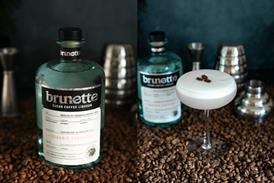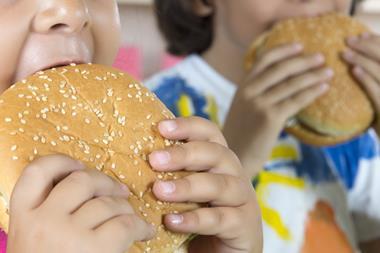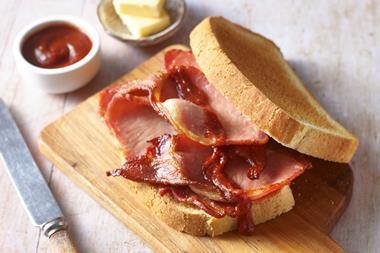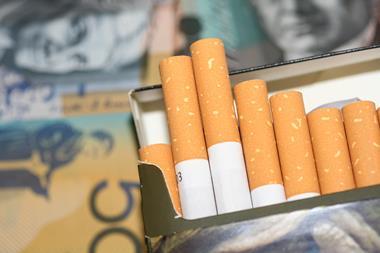Big news in the world of packaging. Or not. The Sunday Times reported that Labour is planning to ‘water down’ the Tory ‘green tax’ on packaging.
This of course is a reference to the ongoing plans to introduce an extended producer responsibility (EPR) scheme for packaging across the UK, modelled on successful schemes in the likes of Sweden, Belgium and various cities in Canada. It’s a story The Grocer has been reporting on for the past six years, as details of the scheme have been thrashed, while Covid and Brexit added further delays to its introduction.
The new date for introducing the scheme is 1 April 2025. So not far away at all. And Defra still hasn’t finalised who pays what.
It was planning to do so via a series of updates that would be based on the latest tonnage declared by ‘producers’ and the estimated costs of recycling the various materials. Updates would be provided every three months as new information was received.
The first of these updates was delayed by the general election and came out in August. Producers using glass went into orbit over the indicative costs, which were far higher than expected, and required a different calculation method. But Defra quickly signalled it was aware these would need revision.
Read more: New estimates of EPR costs issued by Defra
The second was announced this afternoon. It shows Defra will now calculate the cost of using glass in a different way. So it will be trebles all round among beer, wines and spirits manufacturers (although they’ve known for some time Defra planned to change the methodology).
So is it a case of ‘watering down’ the ‘green tax’, as the sleuths at The Sunday Times have suggested? No. First, it’s not a tax. Or certainly not if it’s set up as intended. Crucially, the amount that’s being raised will remain the same, which is driven by the cost of collecting and recycling packaging. The only difference is the amount that’s being raised through the different packaging materials. And the indicative ranges for glass are being reduced, as may all the other materials. But that doesn’t mean it’s being watered down. If so, it would just mean Defra has calculated that in fact the cost is cheaper than they originally estimated.
So what happens next? There will be further indicative cost ranges disclosed by Defra as further information comes in from producers and local authorities. And that’s what makes it so important that producers provide accurate information in accordance with the deadlines. As such, packaging compliance schemes and industry associations must ensure all producers who need to cough up are registered. And there’s a long tail of smaller producers who are hoping to go under the radar, but will ultimately be spotted by the regulators and risk being fined.
Once it’s up and running next April, the next phase of the scheme will be used by the scheme administrator (whose name is still to be announced) to incentivise different materials through variations to the fees. That’s when EPR will suddenly become interesting, as it will be able to motivate suppliers and retailers to choose one substrate over another.
But as everyone who’s involved in setting up the scheme will say: first things first. The scheme needs to get up before it can really start running.

























No comments yet